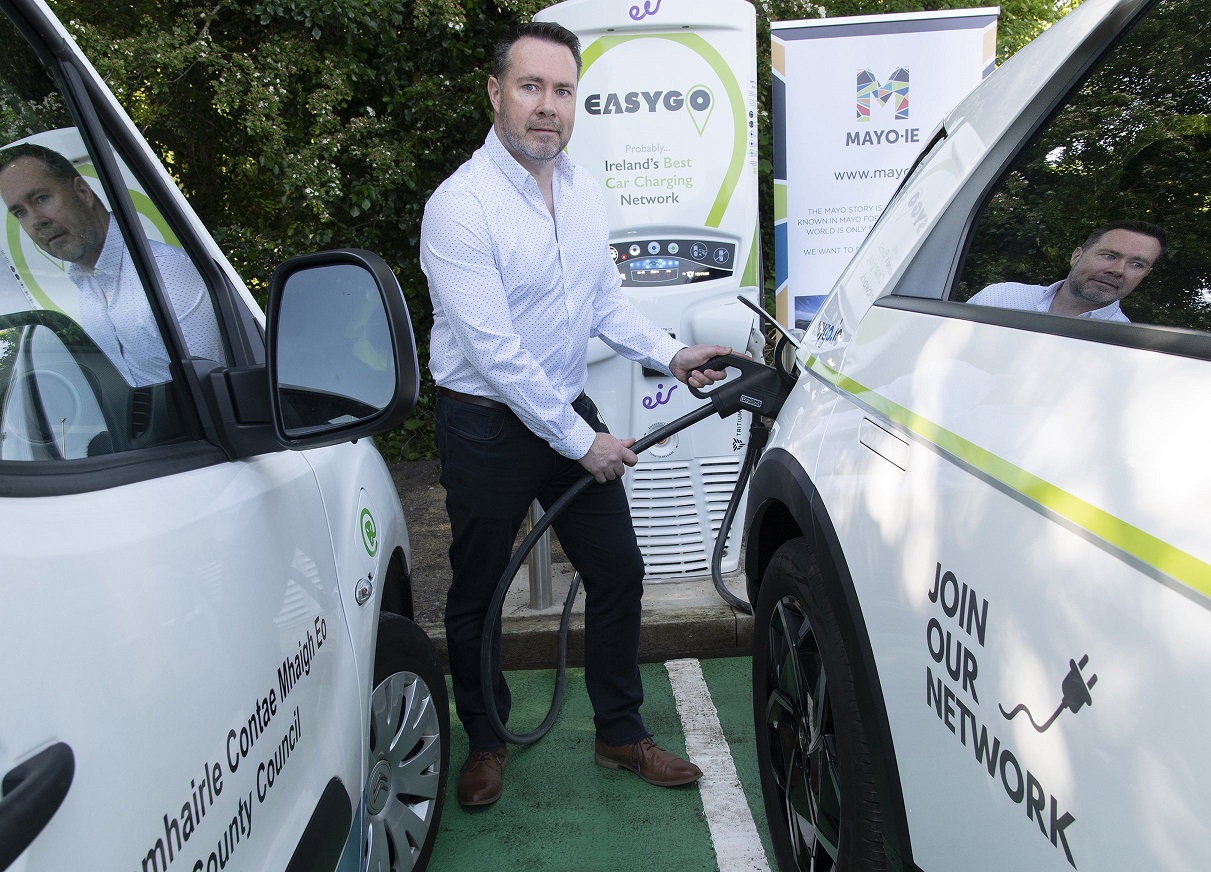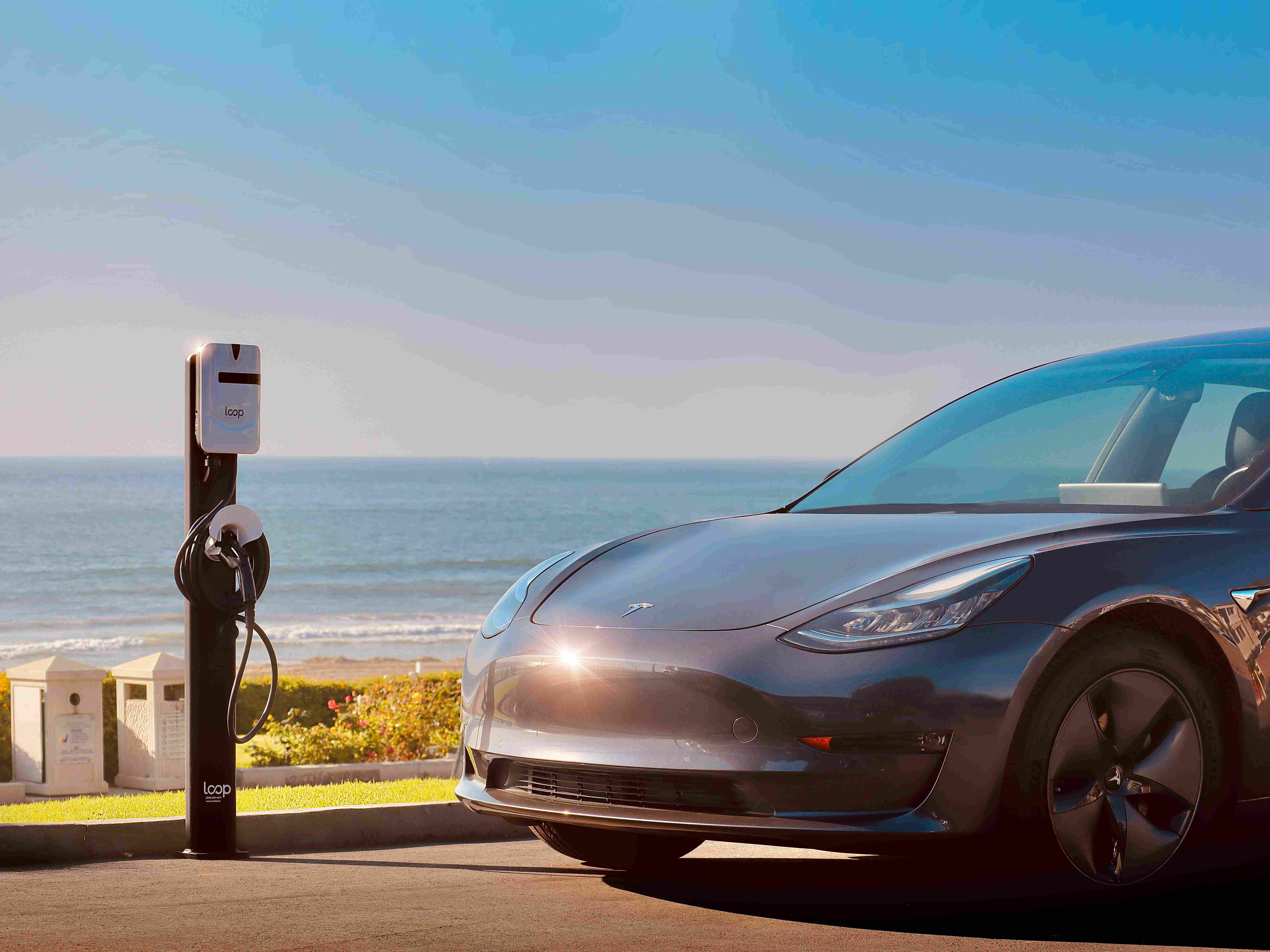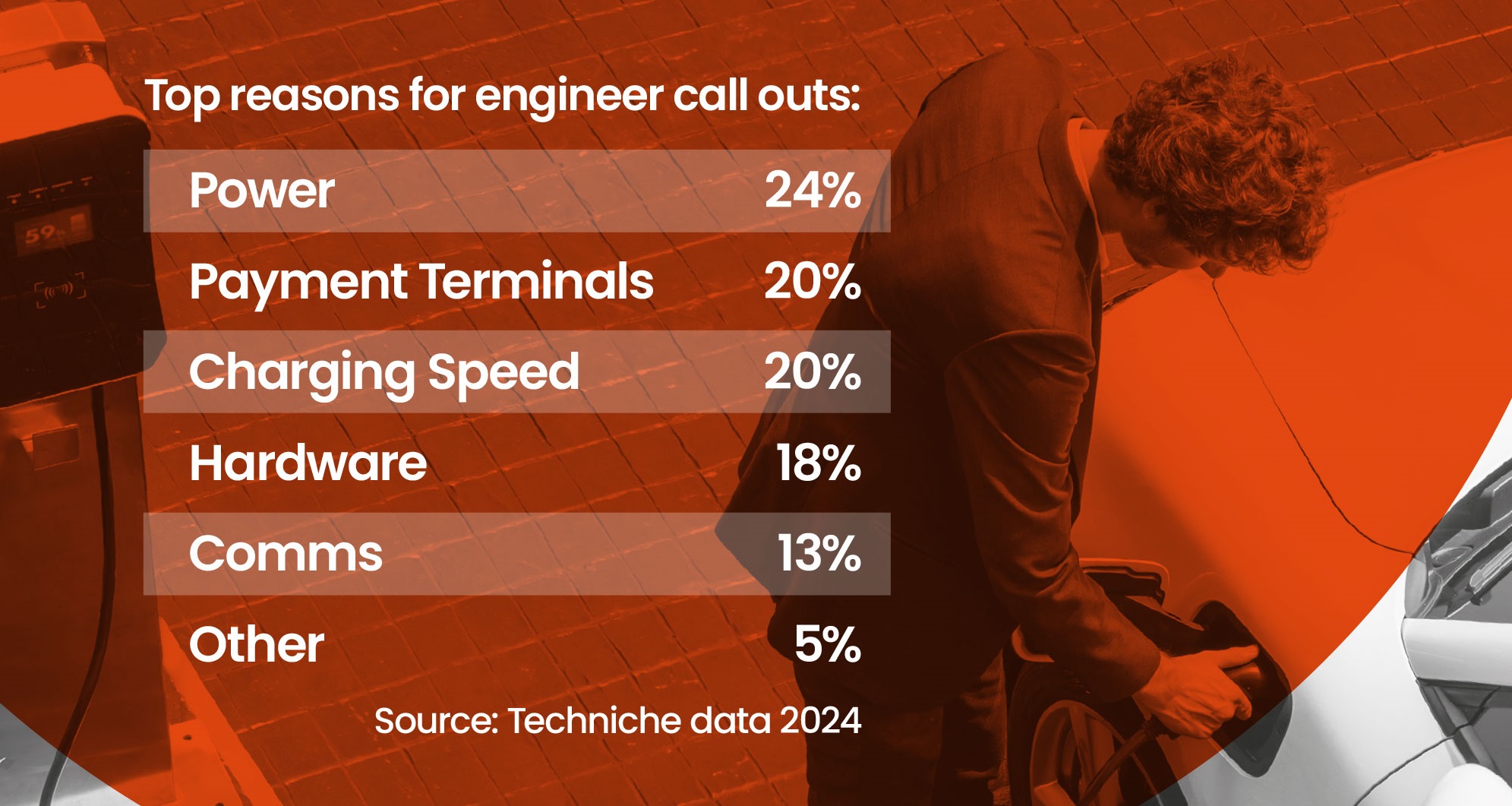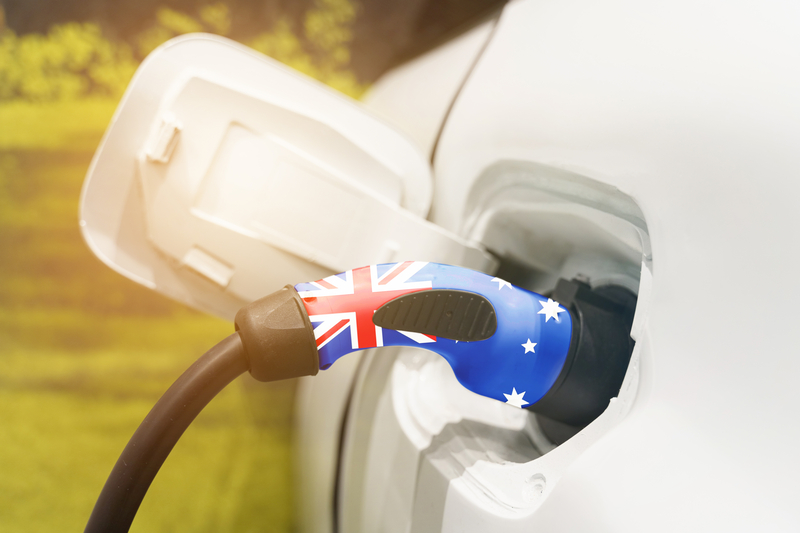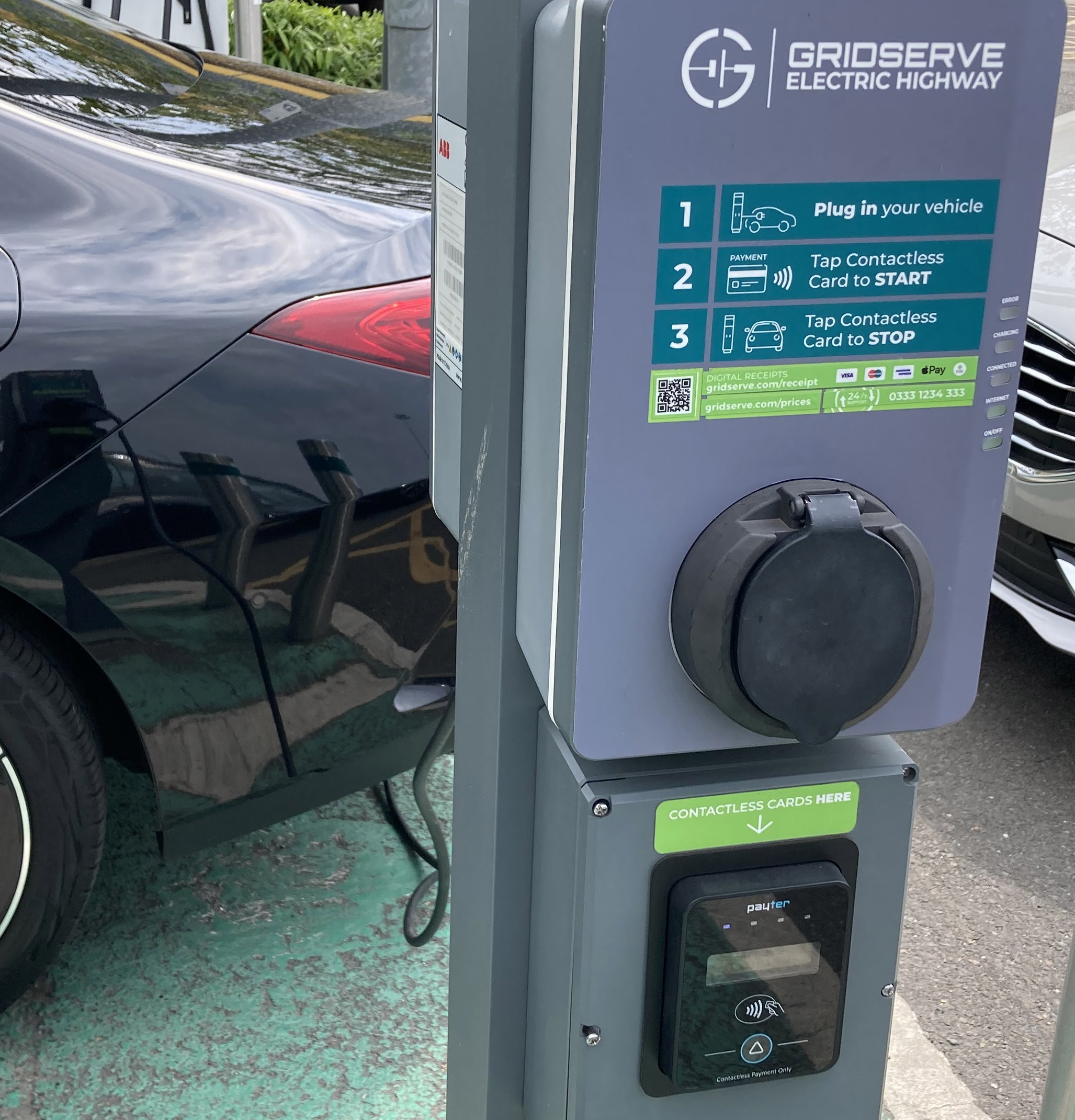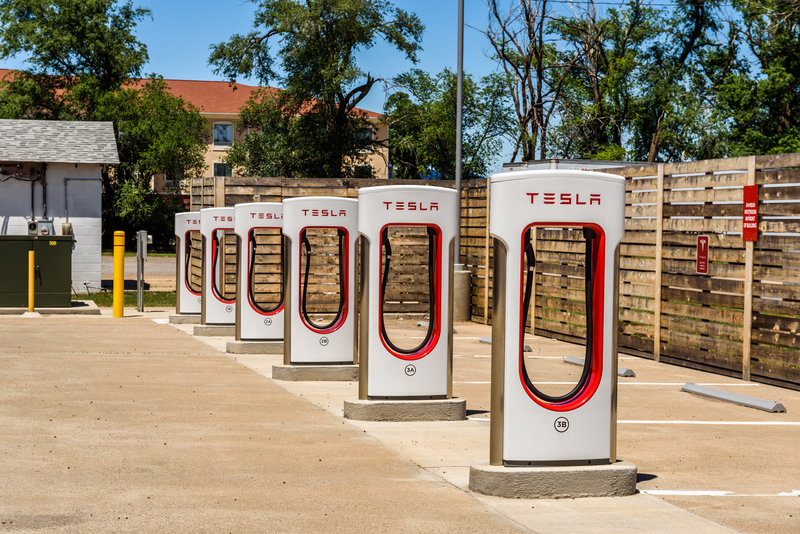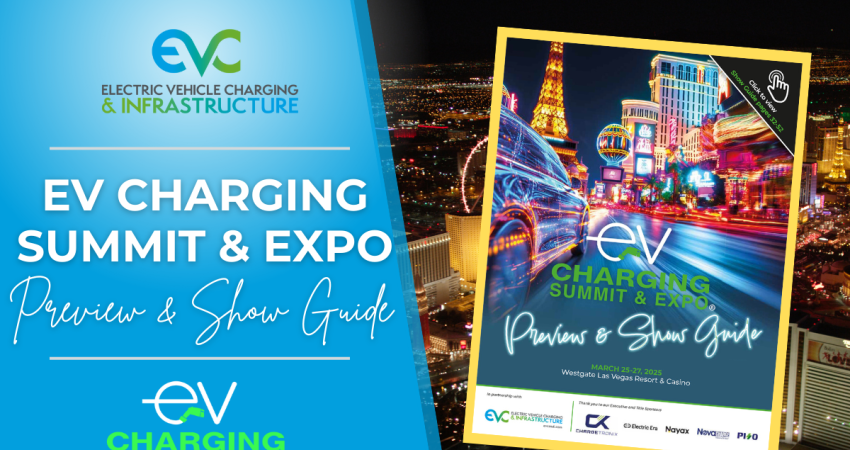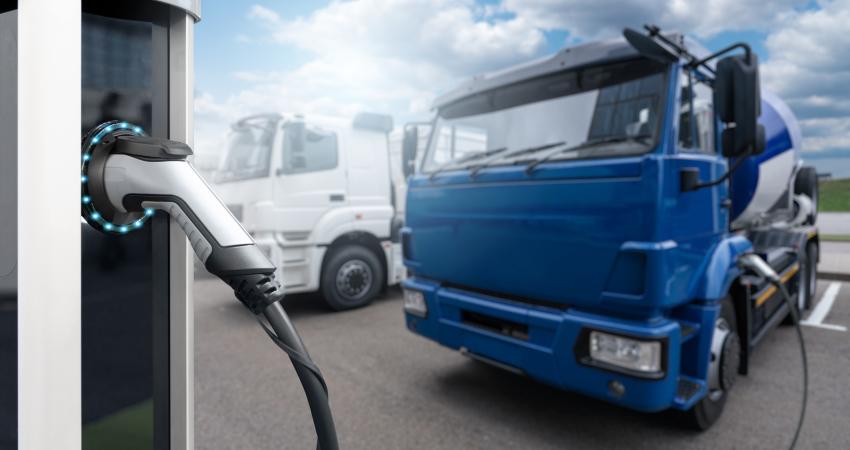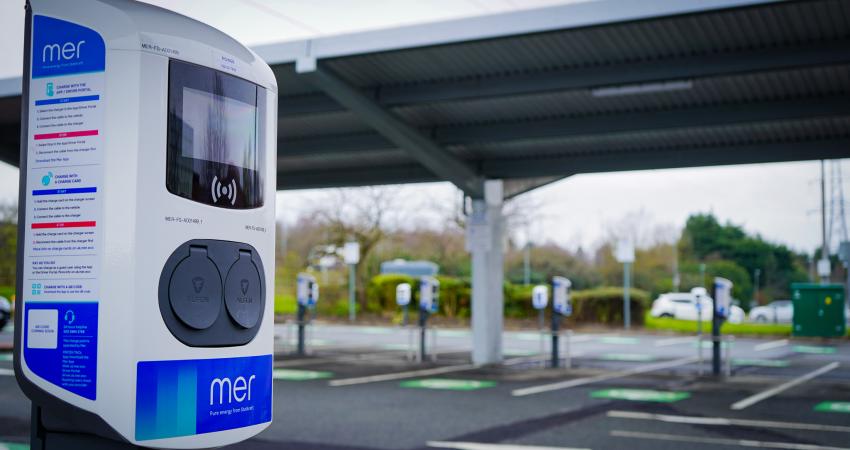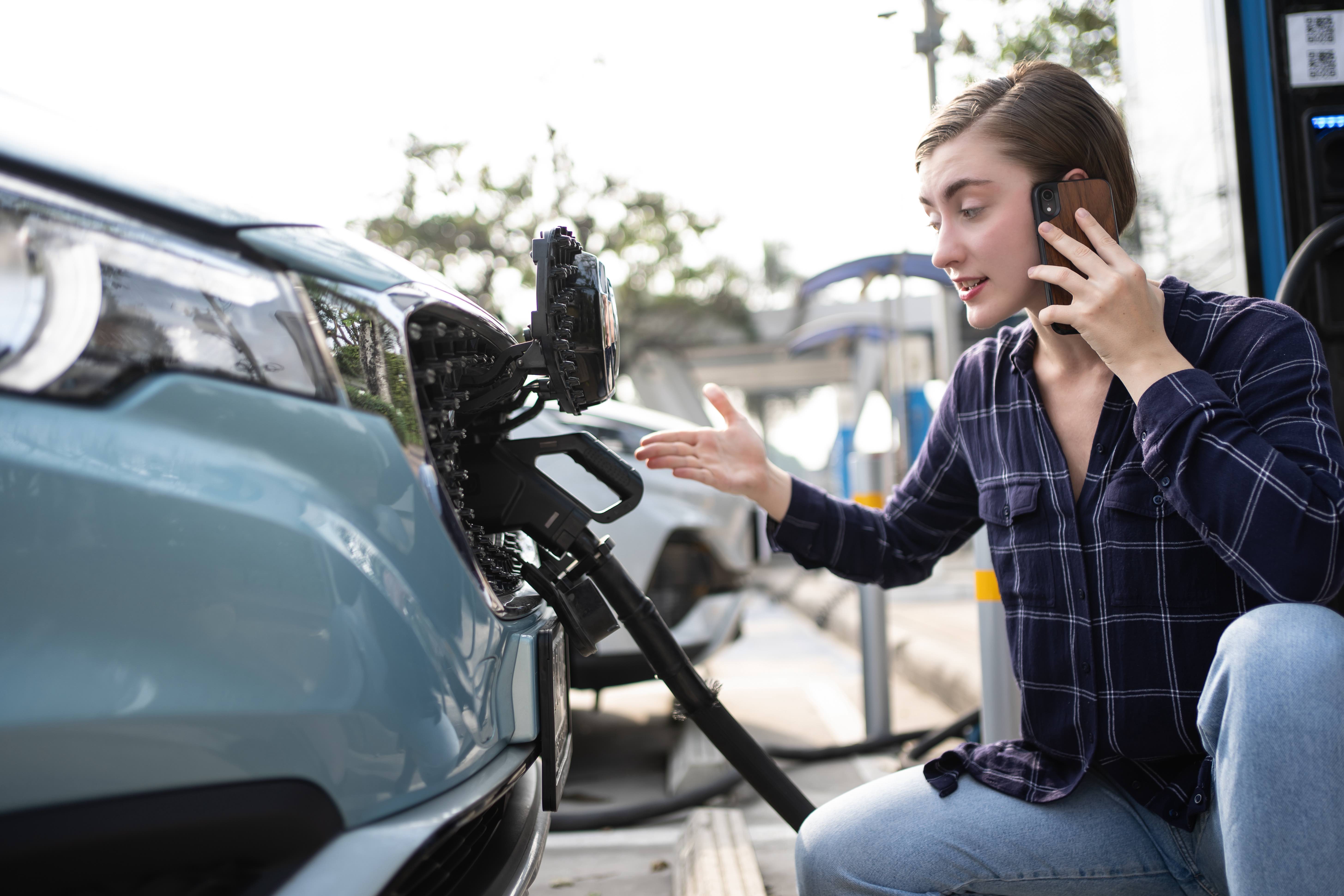
How serious is the issue of EV charger reliability, and what can be done to improve this and give EV users confidence in the charging process?
EV charger reliability is a critical issue as it plays a central role in the successful adoption of electric vehicles. Unpredictable charging infrastructure – which causes charger anxiety – will have an impact on the expected boom in drivers moving to EVs.
Recent anecdotal investigations into the reliability of UK EV chargers, quote figures which vary from 5% of charge points being out of use to 10% being out of action on a single day. This is a long way from the UK government’s proposals published in 2022, stating that faults should be repaired quickly to ensure a minimum 99% reliability, on average.
While in the US, a recent J.D. Power study found that the reliability of the EV charging network is getting worse, with at least 1 in 5 charging attempts failing last year.
Many operators are still logging breakdowns in a manual, error-prone process, using spreadsheets or a basic ticketing platform not designed for modern asset maintenance management. What follows is a series of emails or calls to triage the ticket between multiple parties, such as the charge point operator, helpdesk, contractor, manufacturer, local authority or energy provider. And while this may work for a small number of chargers, manual handling of maintenance tickets becomes unsustainable very rapidly as charging networks grow.
Better confidence in the charging process can be gained from creating more effective maintenance processes which get faulty chargers up-and-running quickly. Automation removes the manual triaging and processing of maintenance work orders, while seamlessly connecting disparate systems. Any issues are logged and the relevant teams are alerted automatically that action is needed. A smart maintenance solution will automatically dispatch work orders, understand the error code and know which team should be notified to fix an asset, and in some cases perform the fix itself. This complete process takes seconds, not hours, days, or even weeks, which is currently the industry norm.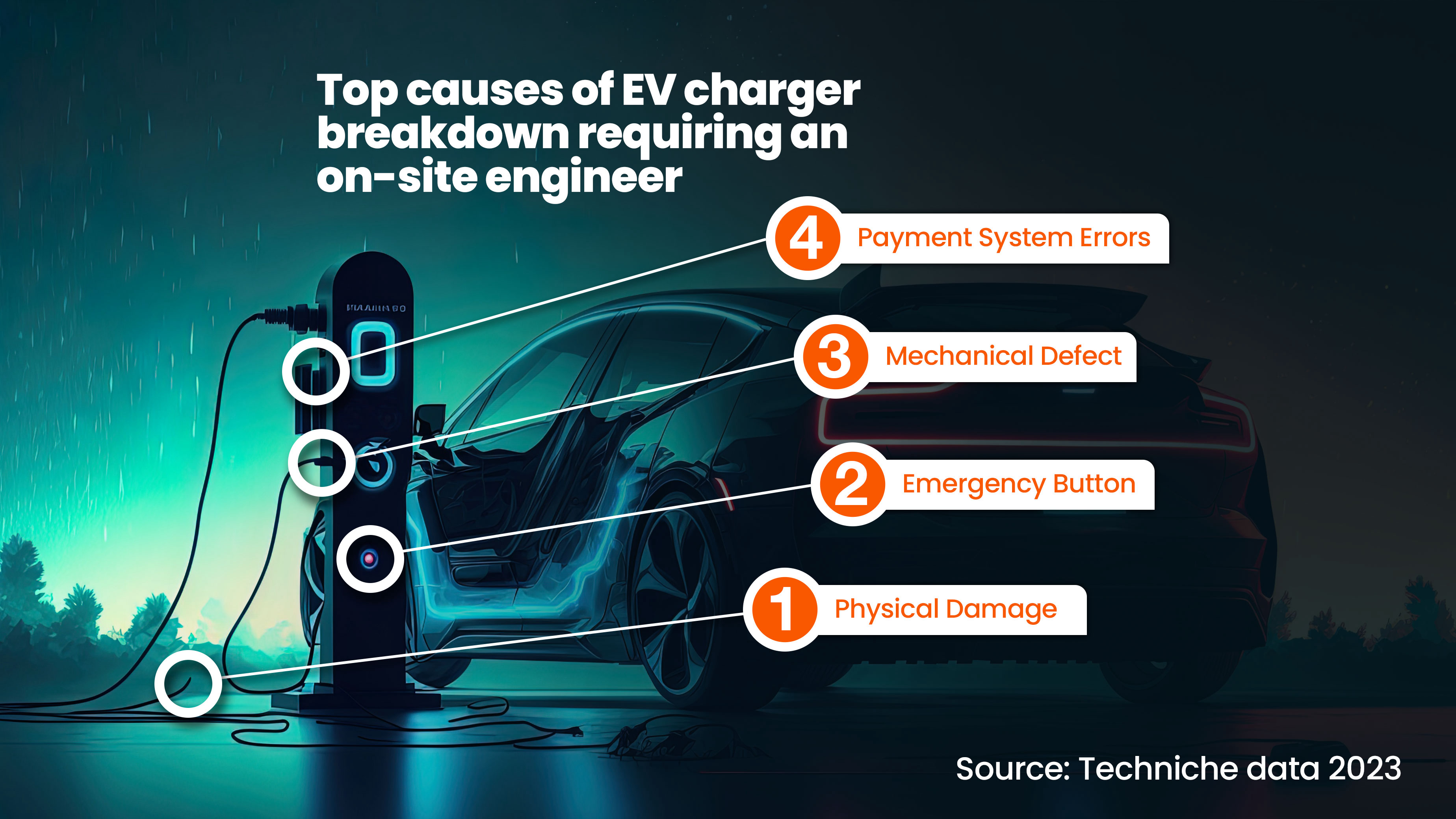
Should the deployment of the required EV charging infrastructure be the responsibility of the private sector, or is more support required from governments to meet charge point targets?
While the private sector is installing chargers at pace, more support will be needed from governments to ensure chargers are rolled out equally across the country. And it’s not just the physical charge points governments need to think about but also problems with mobile network connectivity, which impacts on how drivers access the chargers, particularly in rural areas.
Private operators are busy finding the most profitable locations to build charging stations, based on multiple factors including population, traffic, staff availability and the cost of connection to the power grid. But this will only go so far in offering fair access to all drivers. Some locations are simply not commercially viable for private operators unless drivers are charged unrealistically high prices to charge their vehicle.
More incentives for local authorities and private operators will be required to install chargers in less populated areas to support the widespread adoption of EVs. Another possible solution is to look at high traffic locations subsidising more remote, rural locations.
Maintenance is more important in these areas too, with drivers relying heavily on a smaller number of chargers compared to urban areas. Stricter maintenance SLAs (service-level agreements) could be an option to help further reduce any down time and ensure local drivers – or visitors – can confidently use their EVs.
Governments also need to step-in and help address the accessibility and interoperability issues which currently exist, to make it easier to charge and pay. For example, EV owners need to be able to use any charger network and pay with a card rather than having to download a specific app.

David Cornish, head of product at Techniche
Which technology do you think will be most important in EV charging infrastructure going forward?
The EV charging industry is still young and grappling with how best to deliver a reliable charging experience. EV charge point maintenance remains an afterthought for many, but charger anxiety won’t go away while this remains the case.
Technology to automate the maintenance of EV chargers will be vital to keep improving the reliability of the infrastructure. Digital, automated workflows transform how quickly charge points are repaired, while analytics deliver valuable insight into how reliable a charging network and specific equipment really is.
Knowing the average time between failures of different equipment models means manufacturers will be held accountable and benchmarked. Reliability across different vendors, sites, geographies and climates can also be compared to understand which equipment performs the best in different environments.
Ultimately, monitoring reliability trends means reduced downtime and a superior customer experience, while longer-term, understanding asset performance leads to smarter EV charger investments, better budget forecasting and planning.
Other technologies critical to successful EV infrastructure include Plug and Charge, which is now starting to appear more and will make the charging experience far easier. Compatible EVs allow the driver to simply plug in to a charge point for automatic charging and billing, without the need for a separate payment card or app. With payment terminals being one of the top four reasons why chargers are out of action, technologies such as Plug and Charge which eliminate them are to be warmly welcomed.
For over 20 years, Techniche’s software has been used by global fuel retailers including BP, Shell, Q8, Ampol and Parkland to manage their asset maintenance. For more information about Techniche and its EV charger maintenance product visit the website: https://www.technichegroup.com/


